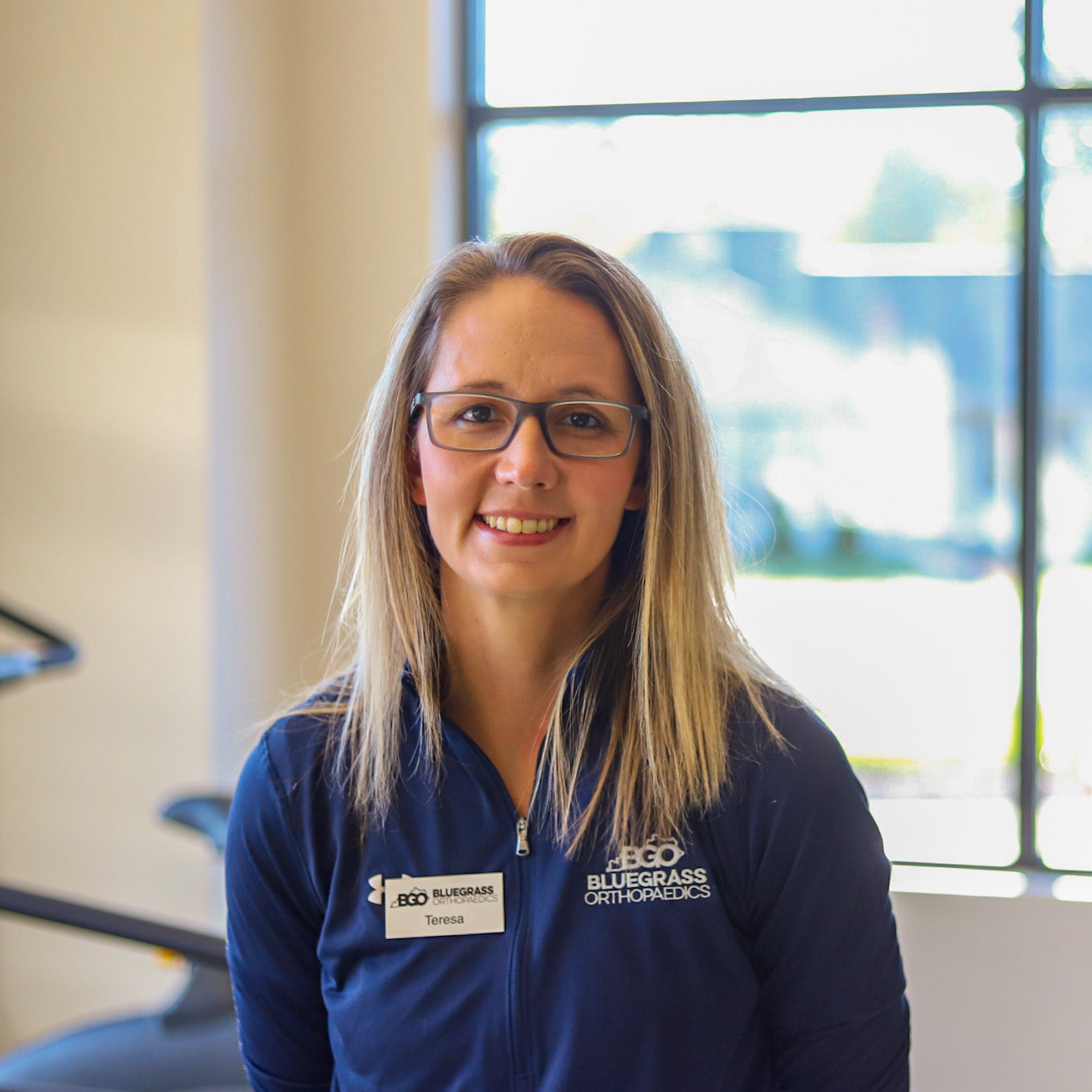Regular physical activity is important for your health and is not impacted by age, abilities, ethnicity, shape or size. Physical health is a key component of quality of life and your ability to perform activities of daily living. Some key benefits of physical activity include:
Mental health/brain health is one benefit that occurs during or right after moderate-vigorous physical activity. Studies show that improved thinking/cognition occur with regular activity. Mental health such as anxiety and depression can improve as a result of regular physical activity.
Reducing health risk and risk of developing heart disease and Type 2 diabetes with moderate physical activity performed a minimum of 3 times a week. It is recommended to exercise 150 minutes per week to reduce risks of developing a more serious condition.
Muscle, Joint and Bone health are also key benefits to exercising regularly. Studies show that keeping your bones, joints and muscles moving helps ensure you can continue to perform your activities of daily living.
Muscle strengthening is important to maintain muscle mass and strength as you age. Be sure to ask a professional regarding a safe and effective workout routine.
Daily exercise can improve balance and functional strength. This is required to complete daily activities such as climbing stairs, grocery shopping and even getting in and out of the car. Improved balance and strength are imperative to reducing fall risks in the aging adult and reducing the risk for injury such as broken bones.
Physical activity can also be connected to longevity of life. A minimum of 10 mins of exercise a day can lower the risk of premature death from all causes, studies show.
Management of chronic conditions is another benefit of daily movement. Studies show a reduction in pain and improved function, mood and quality of life. Chronic conditions are considered to be: heart disease, arthritis, and diabetes, ect.
About the Author:

